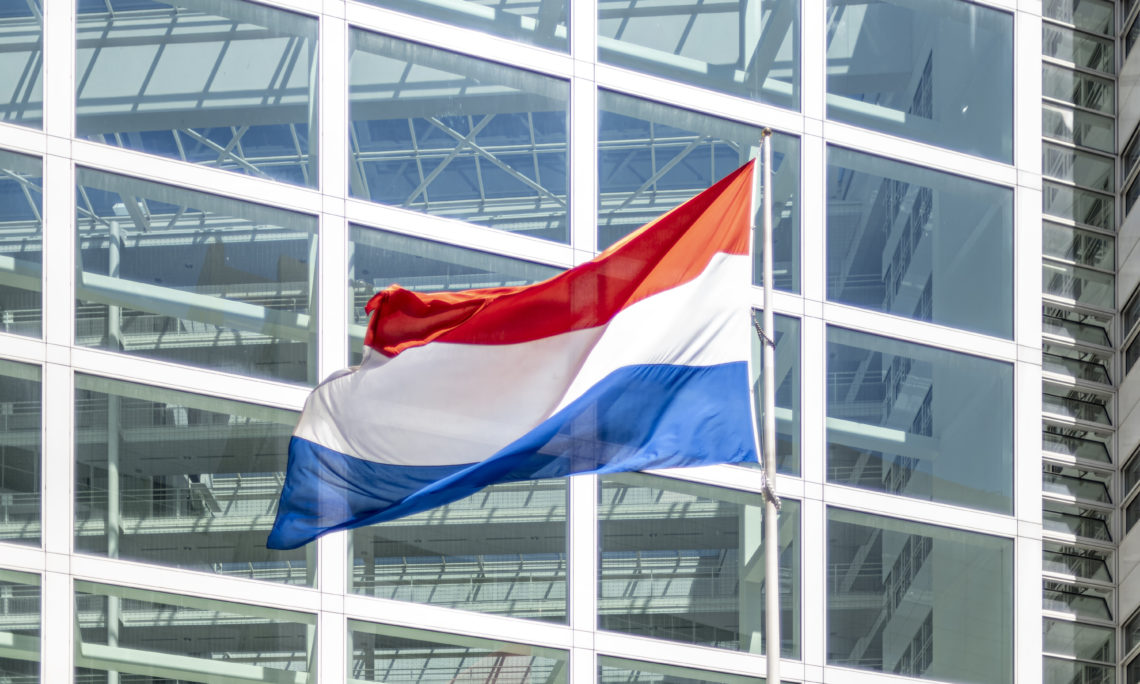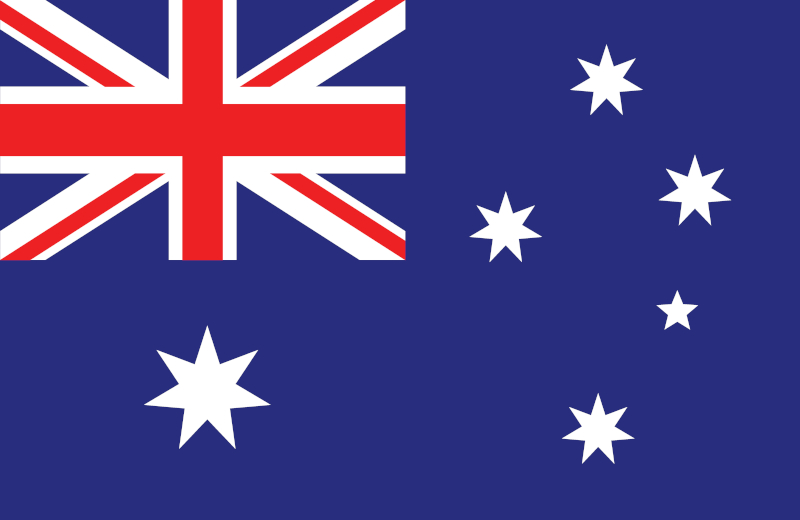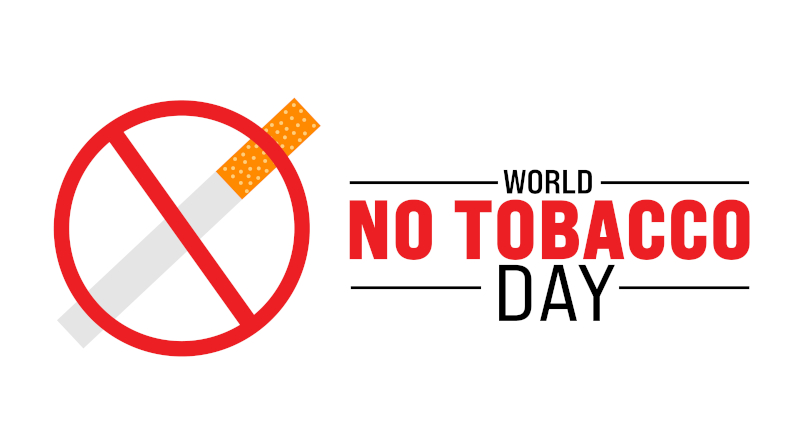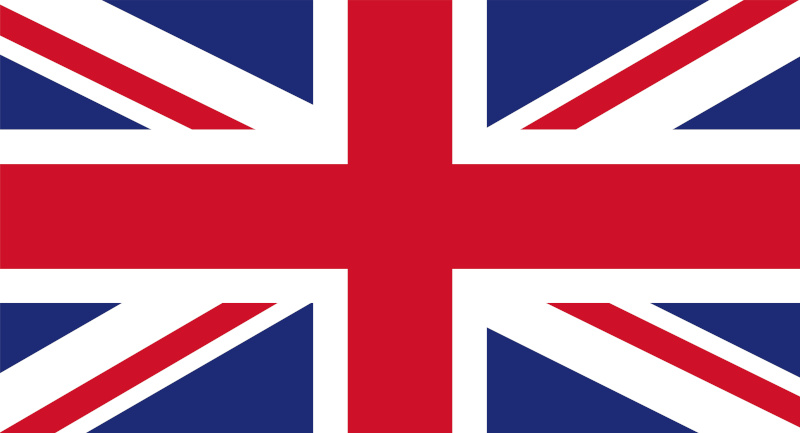
Around 65 percent of adult vapers in Europe use fruit or sweet liquids. [1] The variety of flavours is one of the most important reasons for smokers to switch to e-cigarettes and for vapers not to go back to smoking.
Without paying attention to this fact, the Dutch State Secretary Paul Blokhuis has announced to ban all e-cigarette flavours except tobacco flavours in the Netherlands, as they are supposedly particularly attractive to young people. [2]
This measure risks very negative consequences for Public Health and tobacco harm reduction: With only tobacco flavours left vaper’s threshold to relapse on tobacco smoking dangerously lowers. A public consultation on the plan will run until January 19, 2021. The vast majority of the comments so far come from vapers and scientists who reject the government’s plan. [3]
The Dutch plan ignores important facts:
- The number of young people in the Netherlands who have ever tried e-cigarettes has decreased by a quarter in the past five years. [4]
- The number of Dutch teenagers who vape is very small. Only 0.2 percent of 14-16 olds vaped regularly in 2019. [5]
- 99,8 percent of all Dutch users of e-cigarettes come from smoking. [6]
“Removing flavours will not affect the rates of youth cigarette use. But, it will certainly reduce the number of options available for those adults who seek to quit smoking for good and find flavoured e-cigs effective”, says Riccardo Polosa, Professor of Internal Medicine and specialist of Respiratory Diseases and Clinical Immunology at the University of Catania. [7]
Vaping offers harm reduction for adult smokers
E-cigarettes offer smokers an alternative which is significantly less harmful than smoking, as emphasized by regulators such as the French Economic, Social and Environmental Council (CESE) [8], the National Institute for Public Health and the Environment in the Netherlands (RIVM) [9], Public Health England [10] and the Royal College of Physicians [11]. Public Health England concluded in a landmark review of the available evidence, that e-cigarettes represent at least 95% harm reduction versus conventional cigarettes.
Far reaching consequences for Tobacco Harm Reduction
The Conference of the Parties to the WHO FCTC (COP9) will take place in November in The Hague, the Netherlands. “Implementing the ban on flavourings could have negative effects on the conference. Rather, COP9 should pay attention to the topic of harm reduction through e-cigarettes, so that the number of smokers worldwide could be significantly reduced” says Dustin Dahlmann, Chairman of the Independent European Vape Alliance (IEVA). “Flavour is not a gateway to youth uptake of smoking. No evidence substantiates the association between vaping flavours and subsequent smoking initiation. We call on the Dutch government to drop this plan. There are no winners in a flavour ban, only losers.”
Sources
[1] European Vaping Survey 2020, Link
[2] Press release NL, June 2020, Link
[3] Regulering smaakjes e-sigaret, Link
[4] Factsheet Elektronische Sigaretten, Trimbos Institut, April 2020, Link
[5] Opendata Statline Netherlands 2020, Link
[6] Smoking figures, Trimbos Institute 2019, Link
[7] Harm reduction is a flavoured journey in global tobacco control, Riccardo Polosa, Sept. 2020, Link
[8] Les addictions au tabac et à l’alcool, CESE 2019, Link
[9] The health risks of using e-cigarettes, RIVM Netherlands, 2015, Link
[10] E-cigarettes and vaping: policy, regulation and guidance, Public Health England 2018, Link
[11] Nicotine without smoke: tobacco harm reduction, Royal College of Physicians 2016, Link




